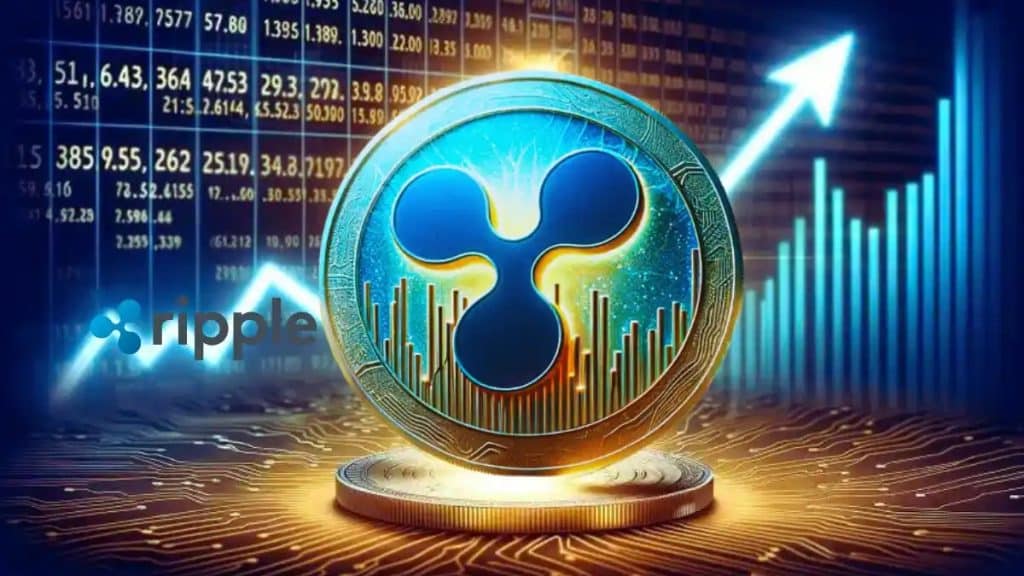When people talk about Ripple and XRP, confusion often arises. Are they the same thing? Are they related, and if so, how? This blog will break down the differences and connections between Ripple, the company, and XRP, the cryptocurrency. By the end, you’ll have a clearer understanding of both and how they fit into the world of digital finance. In addition, if you are into digital investment like crypto trading, you may improve your trading skills by using the right trading platform. You may click for details here.
Ripple Vs XRP
Ripple is a company focused on making global money transfers faster, cheaper, and more efficient. Founded in 2012, Ripple aims to solve the problems of slow and costly international payments. Traditional banking systems can take days to process cross-border transactions, with high fees attached. Ripple offers various products to achieve this goal, including RippleNet and the XRP Ledger.
RippleNet is a network of financial institutions using Ripple’s technology to process payments. It enables seamless transactions across different currencies and countries. The XRP Ledger, on the other hand, is an open-source blockchain that facilitates the transfer of XRP, Ripple’s native digital currency.
XRP is the digital currency created by Ripple Labs. It is used as a bridge currency in the Ripple network, facilitating quick and cost-effective cross-border transactions. Unlike Bitcoin, which aims to be a digital alternative to money, XRP’s primary purpose is to streamline international payments.
XRP transactions are fast and efficient, taking only a few seconds to complete. This speed is due to the consensus protocol used in the XRP Ledger, which is different from the proof-of-work system used by Bitcoin. Additionally, XRP has very low transaction fees, making it ideal for moving large sums of money across borders.
XRP is also a deflationary asset. This means that a small amount of XRP is destroyed with each transaction, reducing the total supply over time. This feature aims to increase the value of XRP as it becomes scarcer.
The Relationship Between Ripple and XRP
Ripple and XRP are closely related, but they are not the same thing. Ripple is the company that created XRP and continues to develop and promote its use. However, XRP exists independently of Ripple. It operates on its own ledger, the XRP Ledger, which is maintained by a network of validators.
Ripple uses XRP in its products to enhance the speed and efficiency of transactions. For example, RippleNet can use XRP as a bridge currency to transfer value between different fiat currencies. This means that a bank in one country can send money to a bank in another country without needing to exchange currencies directly.
Instead, the value is transferred using XRP, which is quickly converted to the desired currency at the destination. Despite this close relationship, it’s important to note that Ripple does not control XRP. The XRP Ledger is decentralized, and anyone can participate as a validator. Ripple holds a significant amount of XRP, but its influence over the currency is limited to its holdings and the products it develops.
Common Misconceptions
There are several misconceptions about Ripple and XRP. One common misunderstanding is that buying XRP is the same as investing in Ripple. In reality, purchasing XRP means owning the digital currency, not a stake in the Ripple company. The value of XRP can be influenced by Ripple’s success, but they are separate entities.
Another misconception is that Ripple can control or change the XRP Ledger at will. While Ripple Labs has a significant influence due to its development work and large XRP holdings, the ledger operates independently. Validators on the network must reach consensus to validate transactions and update the ledger.
Finally, some people think that XRP is only useful within the Ripple network. While Ripple uses XRP to facilitate transactions, the currency can be used independently. XRP can be traded on various cryptocurrency exchanges and used for other applications, such as microtransactions and online payments.
Understanding the difference between Ripple and XRP is crucial for anyone interested in the world of cryptocurrencies and digital finance. Ripple is a company dedicated to revolutionizing international payments, while XRP is a digital currency designed to facilitate those payments. Though they are closely connected, they serve different purposes and operate in distinct ways.
Ripple’s technology and products leverage XRP to make global transactions faster and cheaper, but owning XRP is not the same as owning part of Ripple. The XRP Ledger operates independently of Ripple, maintained by a decentralized network of validators.
Conclusion
As with any investment, it’s essential to do your research and consult with financial experts. The world of digital currencies like cryptocurrencies can be complex and volatile. By understanding the roles and differences between Ripple and XRP, you can make more informed decisions about your investments and appreciate the innovations they bring to digital finance.
